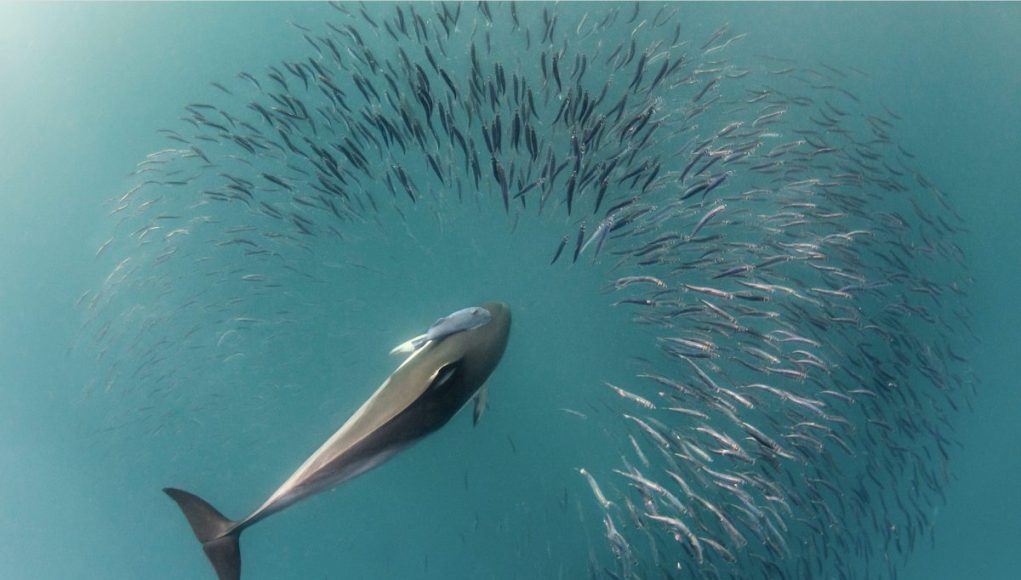INSIGHT by European Commission
Global negotiations concluded on the landmark Treaty of the High Seas to protect the ocean, tackle environmental degradation, fight climate change, and prevent biodiversity loss.
| The new treaty will allow to establish large-scale marine protected areas on the high seas, which are also necessary to meet the global commitment of the Kunming-Montreal Global Biodiversity Agreement concluded last December to protect at least 30% of the ocean by 2030. For the first time, the treaty will also require assessing the impact of economic activities on high seas biodiversity. Developing countries will be supported in their participation in and implementation of the new treaty by a strong capacity-building and marine technology transfer component, funded from a variety of public and private sources and by an equitable mechanism for sharing the potential benefits of marine genetic resources.
This ‘Biodiversity Beyond National Jurisdiction’ treaty, agreed at the 5th Intergovernmental Conference in New York, is the fruit of more than a decade of global engagement to find solutions for this crucial global environmental issue. The EU and its Member States have been leading the BBNJ High Ambition Coalition which played a key role in reaching the agreement. The coalition gathers 52 countries which are committed, at the highest political level, to achieve ambitious actions for the protection of the ocean. It was launched at the One Ocean Summit 2022 in Brest by President von der Leyen together with the French Presidency of the Council.
| Next steps
Now that the negotiations are over, the Agreement shall enter into force once 60 States will have ratified. The EU will work to ensure this happens rapidly and to help developing countries prepare for its implementation. To this end, the EU has pledged €40 million as part of a Global Ocean Programme and has invited members of the High Ambition Coalition to do the same within their capabilities.
The formal adoption of the treaty will take place once legal scrubbing in UN languages is complete.
| Background
The high seas provide invaluable ecological, economic, social and food security benefits to humanity and are in need of urgent protection.
Areas beyond national jurisdiction cover nearly two-thirds of the world’s ocean, comprising the high seas and the seabed beyond national jurisdiction. They contain marine resources and biodiversity and provide invaluable ecological, economic, social, cultural, scientific and food-security benefits to humanity. However, they are under mounting pressure from pollution (including noise), overexploitation, climate change and decreasing biodiversity.
Faced with these challenges and in view of future increasing demands for marine resources for food, medication, minerals and energy, among others, an overwhelming majority of states agreed on the need for this high seas treaty, which takes the form of a new Implementing Agreement under the United Nations Convention on the Law of the Sea (UNCLOS) to protect and sustainably use the resources of these areas. The Agreement will further implement existing principles in UNCLOS to achieve a more holistic management of activities carried out in the high seas. These principles include the duty to cooperate, to protect and preserve the marine environment and to undertake prior impact assessment of activities.
This Implementing Agreement is the third of its kind following specific agreements on seabed mining in 1994, and the management of straddling and highly migratory fish stocks in 1995. The new agreement would bring UNCLOS up to speed with the developments and challenges that have occurred since it was developed thirty years ago and would further support the achievement of the Agenda 2030 for Sustainable Development, in particular Sustainable Development Goal 14 (‘Life Below Water’).
| All opinions expressed are those of the author and/or quoted sources. investESG.eu is an independent and neutral platform dedicated to generating debate around ESG investing topics.








